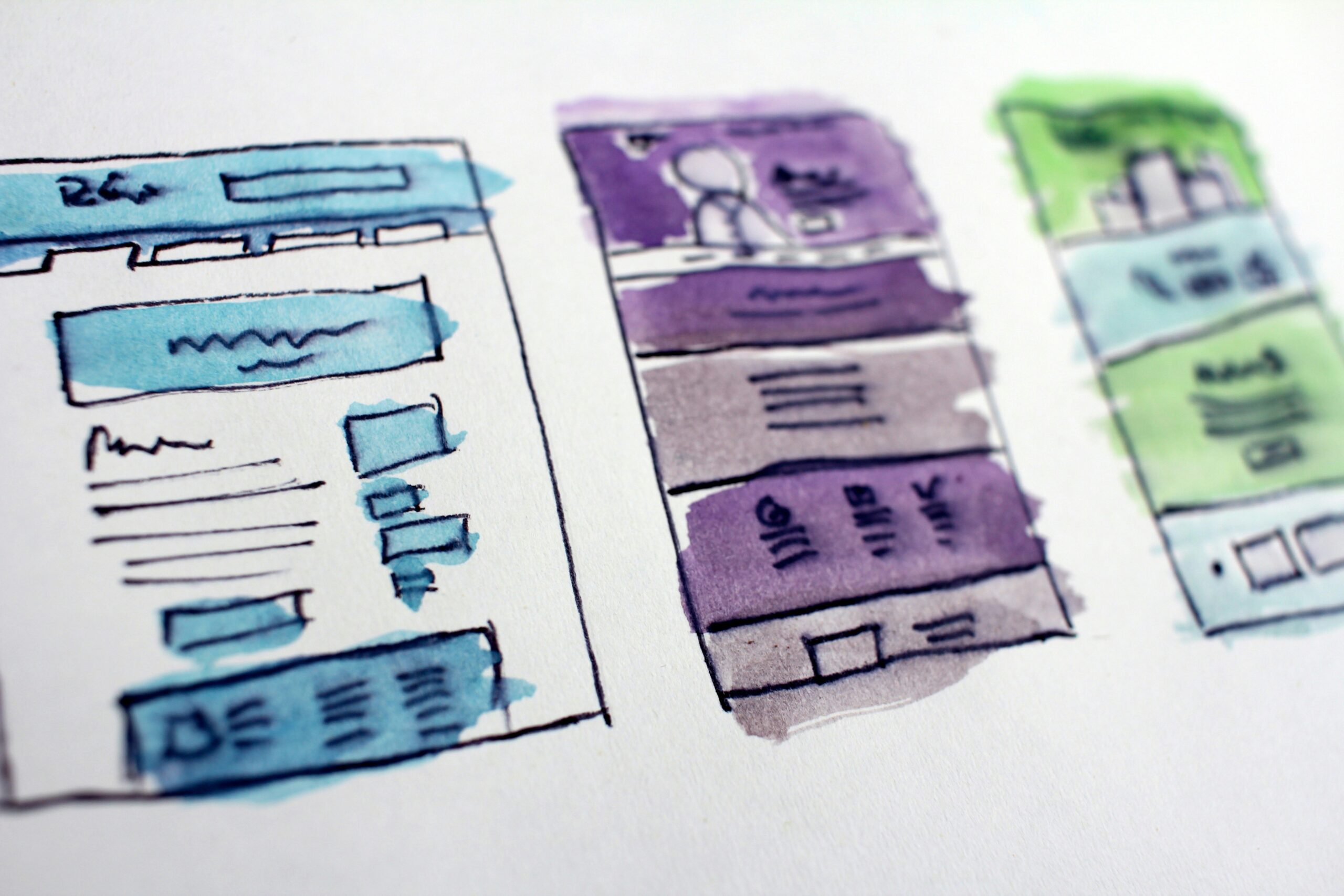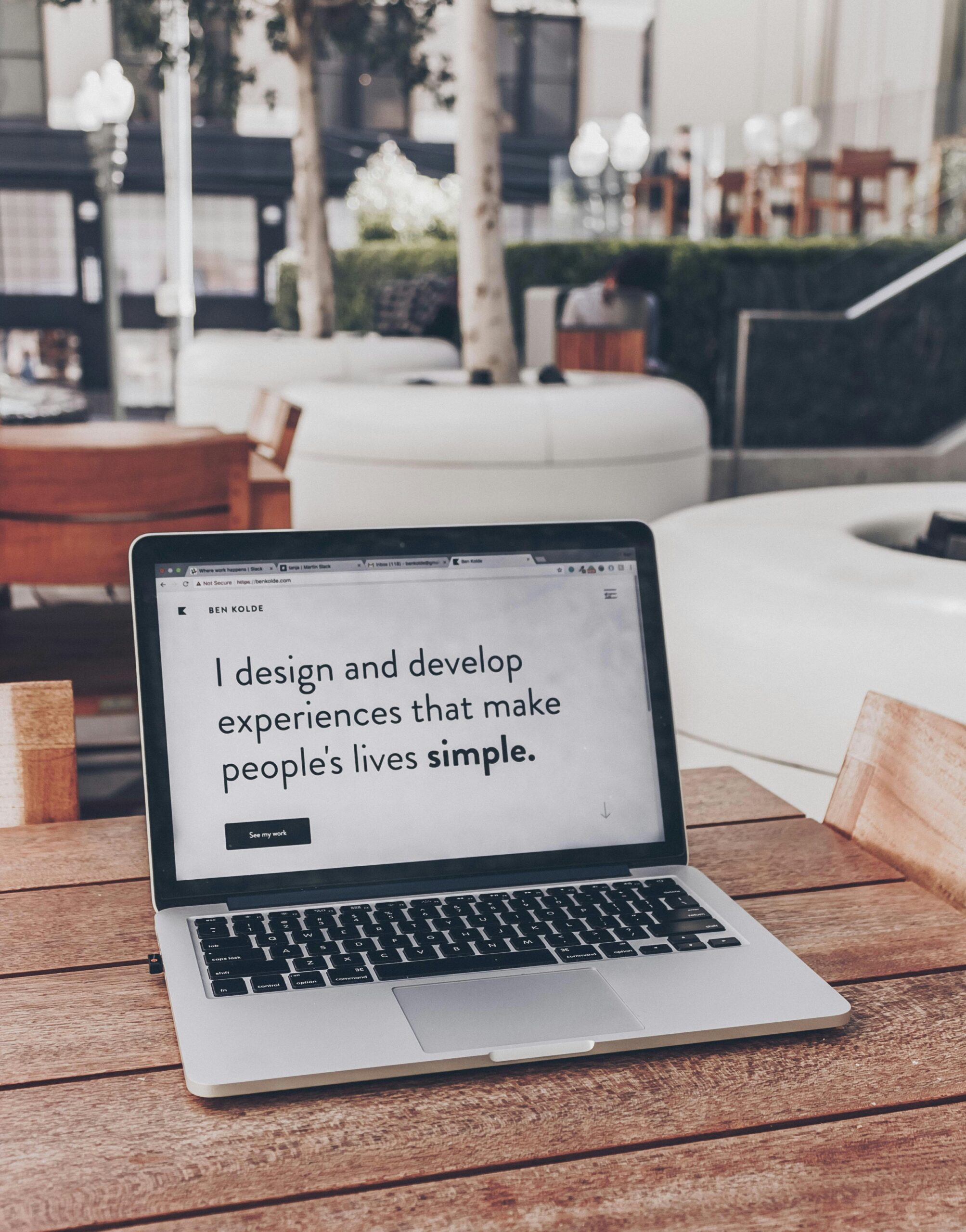In today’s fast-paced digital world, staying ahead of the curve is crucial for businesses to succeed. As technology continues to evolve, so do user expectations. To meet these demands, UI/UX designers must constantly adapt and incorporate the latest trends into their designs. In this blog post, we will explore some of the key UI/UX trends that are shaping the digital landscape and discuss how businesses can leverage them to create exceptional user experiences.
1. Minimalism and Simplified Interfaces
Minimalism has been a popular design trend for several years now, and it continues to dominate the UI/UX landscape. The focus is on removing clutter and simplifying interfaces to provide users with a seamless and intuitive experience. By using clean lines, ample white space, and a limited color palette, designers can create visually appealing interfaces that are easy to navigate.
2. Microinteractions
Microinteractions are small, subtle animations or visual cues that provide feedback to users and enhance their overall experience. These interactions can be as simple as a button changing color when hovered over or more complex, like an animated loading icon. By adding these microinteractions, designers can make the user interface more engaging and interactive.
3. Voice User Interface (VUI)
Voice assistants like Siri, Alexa, and Google Assistant have become increasingly popular, and voice user interfaces are becoming more prevalent. With the rise of smart speakers and voice-activated devices, designers need to consider how users will interact with their interfaces using voice commands. Incorporating voice search and voice navigation options can greatly improve the user experience for those who prefer or need to use voice commands.
4. Augmented Reality (AR) and Virtual Reality (VR)
AR and VR technologies are revolutionizing the way users interact with digital interfaces. By overlaying digital content onto the real world, AR enhances the user’s perception of reality, while VR creates an entirely immersive experience. These technologies are being used in various industries, from gaming and entertainment to e-commerce and education. Designers should explore how AR and VR can be integrated into their interfaces to provide users with unique and engaging experiences.
5. Dark Mode
Dark mode has gained popularity in recent years, with many operating systems and apps offering this option. Dark mode not only reduces eye strain in low-light environments but also gives interfaces a sleek and modern look. Designers should consider incorporating a dark mode option into their designs to cater to users’ preferences and enhance the overall user experience.
6. Responsive Design
In today’s mobile-first era, responsive design is no longer optional but a necessity. With users accessing websites and apps from various devices, it is crucial to ensure that the interface adapts seamlessly to different screen sizes. Responsive design allows for a consistent user experience across devices, improving usability and accessibility.
7. Personalization and Customization
Users now expect personalized experiences tailored to their preferences and needs. By leveraging user data and incorporating customization options, designers can create interfaces that adapt to individual users. Personalization can range from simple features like recommended products or personalized recommendations to more complex personalization based on user behavior and preferences.
8. Accessibility
Designing for accessibility is not only a legal requirement but also a moral obligation. Accessibility ensures that people with disabilities can access and use digital interfaces effectively. Designers should consider incorporating features like alt text for images, proper color contrast, keyboard navigation, and screen reader compatibility to make their interfaces accessible to all users.
Conclusion:
As technology continues to advance, UI/UX designers must stay up to date with the latest trends and incorporate them into their designs. By embracing minimalism, microinteractions, voice user interfaces, AR/VR, dark mode, responsive design, personalization, and accessibility, businesses can create exceptional user experiences that set them apart from the competition. Designing for the future means anticipating user needs and expectations and delivering interfaces that are intuitive, engaging, and accessible.











Leave a Reply